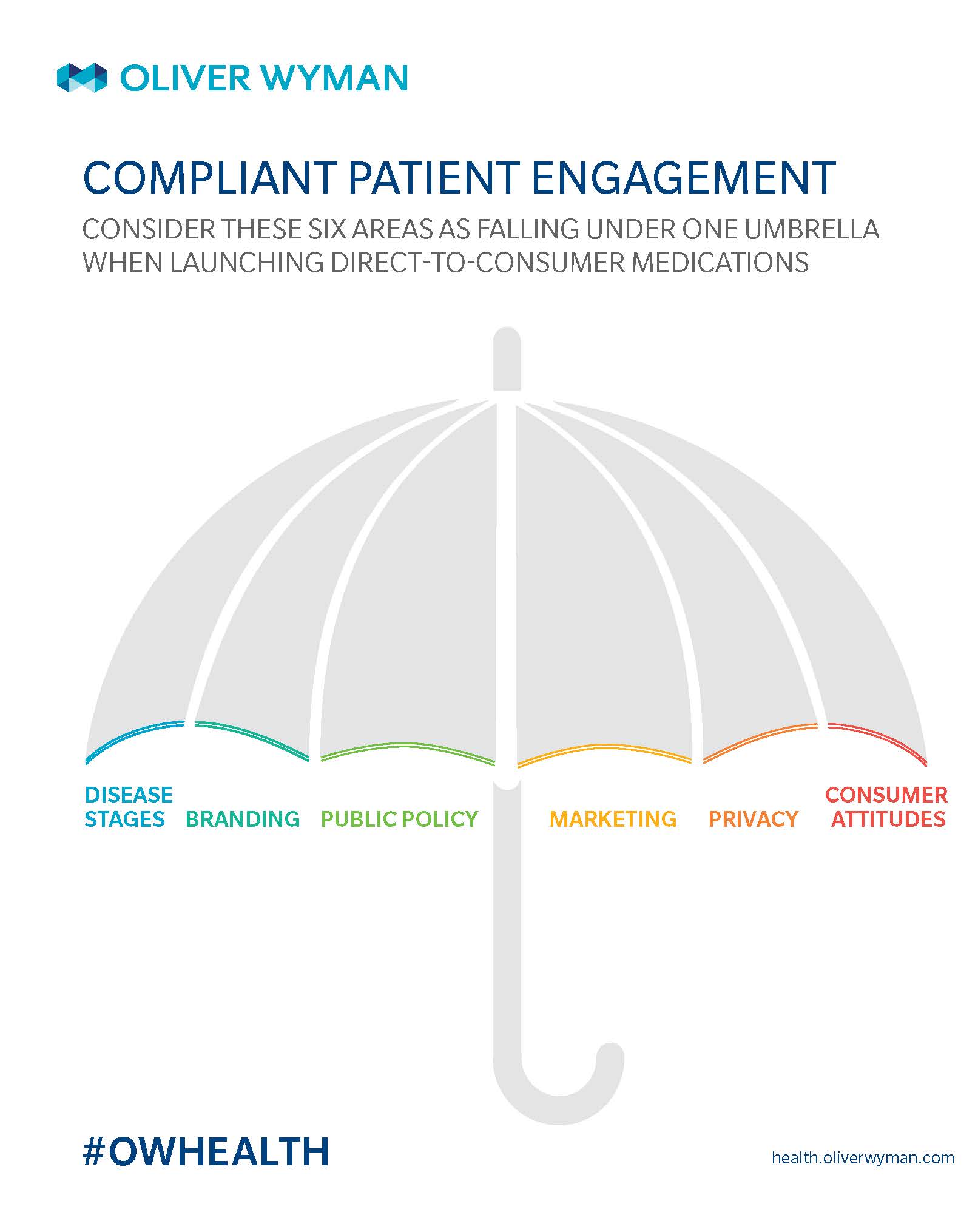Turn on your laptop, online radio, or your favorite show and you’re bound to come across a direct-to-consumer advertisement for a prescription medication. In the United States especially, the common marketing formula is well known: someone’s debilitating chronic illness or pain suddenly becomes a thing of the past after one pop of a pill, and golf becomes not just a hobby, but a lifestyle.
Smoke and mirrors aside, what are the most impactful ways to prepare data and infrastructure to increase the effectiveness of these advertising campaigns?
Before embarking on a quest to establish the most optimal, highly differentiating data and infrastructure support platforms in launching prescription medications directly to consumers, many areas must be considered, like:
- Public policy implications
- Nonbranded versus branded prescription ads
- Disease stages
- Intended and unintended direct-to-consumer drug marketing
- Privacy issues
- Consumer tastes, attitudes, and preferences are everchanging and evolving as faster and cheaper choices become the norm
Oliver Wyman Case Study: Compliant Patient Engagement
To enable “Compliant Patient Engagement” for one of our pharma clients, we built an integrated customer-centric marketing platform to connect all key stakeholders – from areas like marketing, sales, clinical, specialty pharmacy, and medical – together as one.
Examples of the platform capabilities included:
- Capturing relevant customer behavior, response, and demographic data
- Analyzing data to understand customer needs and to create highly efficient sales pitches and channels
- Providing real-time marketing return on investment metrics
- Creating automatic rules and strict timelines for campaign management
Build Capabilities While Building an Engagement Framework
Here’s a key takeaway from our experience. While marketers looking to directly reach consumers build the data, analytics, and infrastructure capabilities, engagement should be recognized as both a valuable insight into patients’ journeys and a critical real-time data feed into the marketing platform. How else can key factors for health-related outcomes be identified in people living with a medical issue? It is their experiences that drive this engagement.
Therefore, both providers and pharmaceutical companies seeking to develop better solutions – including solutions found in medicines – must gain a deeper understanding of the patient experience. An impactful patient engagement framework, for instance, could include recommendations for personalized treatment and medicine through analysis of large amounts of patient data that identifies treatment options.
To ensure data integrity and accuracy, we used our Standard Data Layer methodology and tools to launch analytics off of trusted, high quality data. We further deployed Python language to run many of our statistical algorithms in parallel, and deployed artificial intelligence to predict consumer choice, and the likelihood of a consumer responding to various marketing messages. Additionally, we built an algorithmic model that learns what digital engagement pattern leads to a script for any given physician.
Create Data Transparency
In the end, a holistic approach to data will drive advertising effectiveness, especially when collective data on marketing spend becomes the foundation for an analytics and insights engine.
Here are our four top strategies to make this happen:
- Take inventory of existing data. Aggregate with third-party data, using data from both structured and unstructured sources
- Normalize marketing data
- Create a unified view of performance and spend
- Define key performance indicators for assessment and spend reallocation buy-in
Consumer experiences drive consumer engagement choices and actions. Tapping into this simple yet often overlooked notion will change pharma as we know it.




